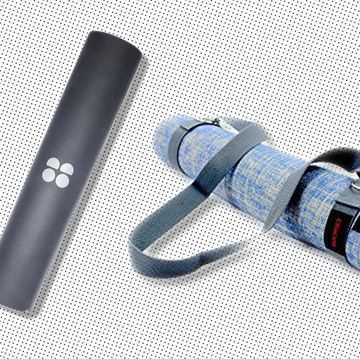Macro-based eating seems like an overwhelming amount of calculations standing between you and lunch. It sounds complicated. But, turns out, it can be remarkably simple.
Founder of Six3Nine Personal Training, James Mitchell is a big believer in working with macros. We recently sat down with him while he broke down the basics to help us get to grips with macros. This is everything you need to know...
What are macros?
Macros are simply the large nutrient groups: carbohydrates, protein and fat. Macro-based eating is not a diet (despite what you may have read in the past), it’s knowledge.
How can counting your macros help you lose, manage or maintain a certain weight?
Calculating your macros is the shortest and most direct route to gaining control over your diet, so it helps you to feed your body in the best way for your goals and needs. If you understand how the system works, you are essentially empowered with the knowledge a nutritionist might give you.
Let’s get started
To begin with, James recommends using an app like MyFitnessPal to get a handle on portion control (yep, that old chestnut) and work out what you’re eating and what it means. James suggests 5 days to 2 weeks of tracking but stresses the importance of this being a temporary measure. You can’t track your eating forever; it’s unhealthy and unsustainable.
How do I work out what I should be eating?
Simple, get a calculator, a piece of paper and follow this…
What else do I need to know?
Fibre is important too. It's not included in the big three list, but should be noted because it’s a hugely important part of your daily diet. The best way to meet your protein, fat and carbohydrate targets is to fill it up with whole and natural foods, including wholegrains, recommends James.












